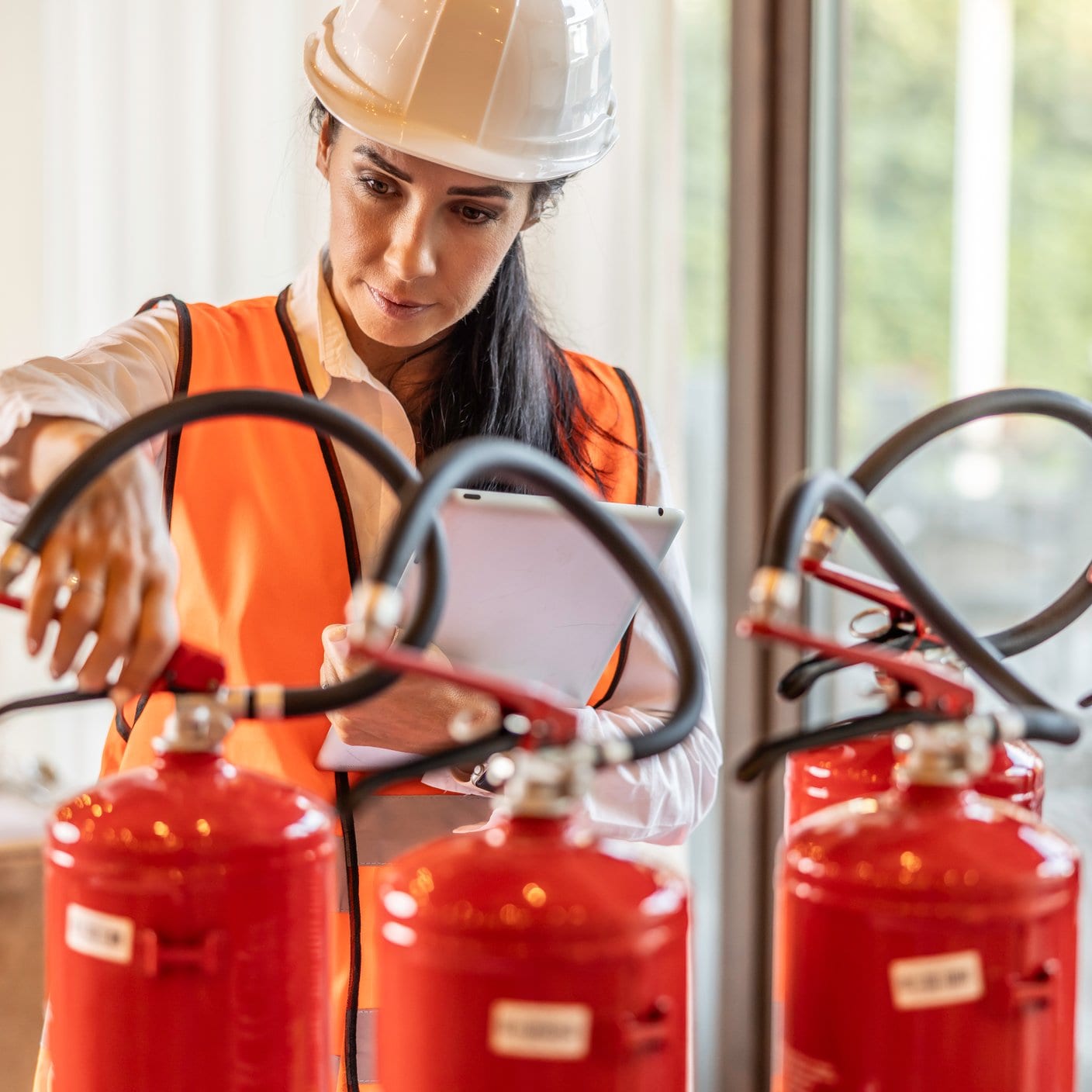As American companies accelerate reshoring initiatives to reduce supply chain vulnerabilities and strengthen domestic manufacturing capabilities, a new set of environmental, health, and safety (EHS) challenges has emerged. With $1.7 trillion invested and two million reshored jobs announced in 2024 alone, momentum is undeniable, but so are the risks.
While 81% of manufacturing CEOs plan to reshore operations, only 2% have actually completed the transition, leaving the vast majority to work through a maze of implementation challenges. This gap could mean that organizational leadership may be underestimating the non financial costs tied to reshoring, particularly those related to EHS requirements.
Beyond potential production and supply delays, organizations are discovering that the shift from overseas to domestic operations introduces significant safety risks, environmental hazards, and compliance requirements that require more than just extensive EHS planning and comprehensive safety programs from day one.
The reshoring movement is creating unprecedented demand for skilled workers across multiple industries. US manufacturing alone has generated 244,000 new jobs in 2024 as a result of reshoring and foreign direct investment (FDI) activity.
More than 600,000 manufacturing jobs remain unfilled as of early 2025 (US Bureau of Labor Statistics [BLS]), with manufacturing sectors from automotive to electronics, pharmaceuticals, and heavy machinery all competing for the same pool of qualified personnel. This talent competition includes all levels of the workforce, but most critically, organizations desperately need EHS professionals who understand both regulatory requirements and the specific hazards associated with modern manufacturing processes.
Many reshored facilities are being designed and built to scales much larger than traditional domestic infrastructures, requiring a great emphasis on safety strategies to protect workers from such risks as chemical exposure, automated machinery hazards, and complex electrical systems. Organizations are also dealing with the challenge of ensuring that sophisticated manufacturing equipment is installed properly and operated according to rigorous safety standards.
With the Occupational Safety and Health Administration (OSHA) reporting 2.4 workplace injuries per 100 manufacturing workers in 2023 and the 2025 Travelers Injury Impact Report showing an average of 74 lost workdays per injury in manufacturing, the stakes for getting safety right are incredibly high. This expansion requires extensive construction and operational risk assessments associated with large-scale manufacturing volumes as well as comprehensive injury and illness prevention training programs. Compliance challenges associated with existing fire and building codes, environmental regulations, and occupational safety standards must all be thoroughly addressed before operations can commence.
These reshoring projects represent multi-billion-dollar investments that often take five to 10 years to fully implement. Even as existing domestic manufacturing plants are significantly expanding current capabilities, this creates extensive construction activities that impact both worker safety and surrounding communities. Larger quantities of potentially hazardous materials will need to be properly stored, handled, and managed according to strict regulatory requirements. Understanding the potential consequences of chemical releases or environmental incidents that could affect nearby communities is absolutely critical for responsible corporate operations.
The reshoring initiative is also changing how organizations approach supplier relationships and risk management. Organizations are slowly moving away from complex international supply chains toward more direct domestic partnerships. While this strategy potentially reduces geopolitical risks and transportation vulnerabilities, it requires companies to take on greater direct responsibility for EHS oversight throughout their supply networks. Currently, only 30% of original equipment manufacturers (OEMs) reportedly use comprehensive total cost of ownership (TCO) analysis when comparing offshore versus domestic sourcing, meaning many are still relying on simplistic cost models that overlook EHS risks like site security, hazardous-material handling, worker safety, and ethical workforce sourcing.
Reshoring is often framed as an economic or production strategy, but its hidden challenge lies in the people and protections required to make it sustainable. Every new facility, supply chain shift, and workforce expansion introduces complex layers of environmental, health, and safety risk that, if underestimated, can quickly erode the intended benefits of bringing operations home. For reshoring to succeed long term, organizations must treat EHS as a core business driver, one that safeguards workers, communities, and the very investments meant to strengthen US manufacturing.








